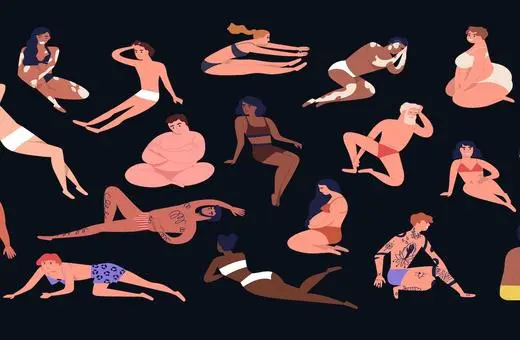The rich get richer, the famous get even more famous. The history of celebrity is longer than we think, and celebrity is much more embedded into our institutions and psychology than we care to admit. From early childhood we mirror and mimic our caregivers, in adulthood we mirror and mimic celebrity. It is important that we understand celebrity in modern society so we can engage with it more appropriately, writes Robert van Krieken.
If you’ve ever wondered why humanitarian campaigns are so often fronted by a celebrity like Angelina Jolie or David Beckham, rather than an explanation of the worthiness of the cause, it was explained well by former UN Secretary-General, Kofi Anan. In 2002 he told a group of celebrity advocates that putting their name to a message brings an issue to people’s attention in a powerful way, helping to break through ‘the barrier of indifference’.
The underlying logic of the celebrity production process had already been explained by the first US Vice-President and second President John Adams in the early eighteenth century. The ‘mighty secret’, wrote Adams, is that all the activities that generate celebrity are those that ‘attract more forcibly the attention of the world, and procure a better advancement in life’. Adams had put his finger on what is and always has been key to the celebrity production process: the generation and management of attention throughout society and culture. The history of celebrity has largely been about the different ways in which attention is shaped and directed as communications technology has developed over time.
The phrase usually used to capture celebrity – famous for being famous – trivialises this dynamic and gets it the wrong way around: being famous does indeed make you even more famous.
Being recognized and the capacity to attract attention - demanding expressive and communicative skills that we tend to see as superficial - is itself a self-reproducing form of capital, so that we need a term like ‘attention capital’ to capture this particular kind of currency. The US sociologists Robert Merton and Harriet Zuckerman used the term ‘the Matthew effect’ – referring to the parable of the talents in the Gospel of Matthew – usually summed up as ‘the rich get richer and the poor get poorer’, to refer to the way that being recognized as a prominent scientist tended in itself to generate even greater recognition. You can see the Matthew effect at work in relation to any human activity. The phrase usually used to capture celebrity – famous for being famous – trivialises this dynamic and gets it the wrong way around: being famous does indeed make you even more famous.
Because there’s an abundance of information and knowledge, the resource that’s in short supply is attention. Production can only become consumption once the attention of potential consumers has been captured. Andy Warhol was a master of the logic of celebrity, taking a familiar object like a Campbells soup can or a well-known face like Marilyn Monroe’s, and leveraging the attention they could inherently attract into a new attention-trap. Like money, attention earns interest, it’s self-reproducing because it generates even more attention. This is why we now consume brands as much as products, and why audience ratings, circulation figures, hits, likes, views, downloads, followers and so on are so important – and so valuable. Paying attention to an attention-rich public figure, a celebrity, is in turn a means of generating attention for oneself: this is an essential aspect of how the various forms of social media function.





















Join the conversation